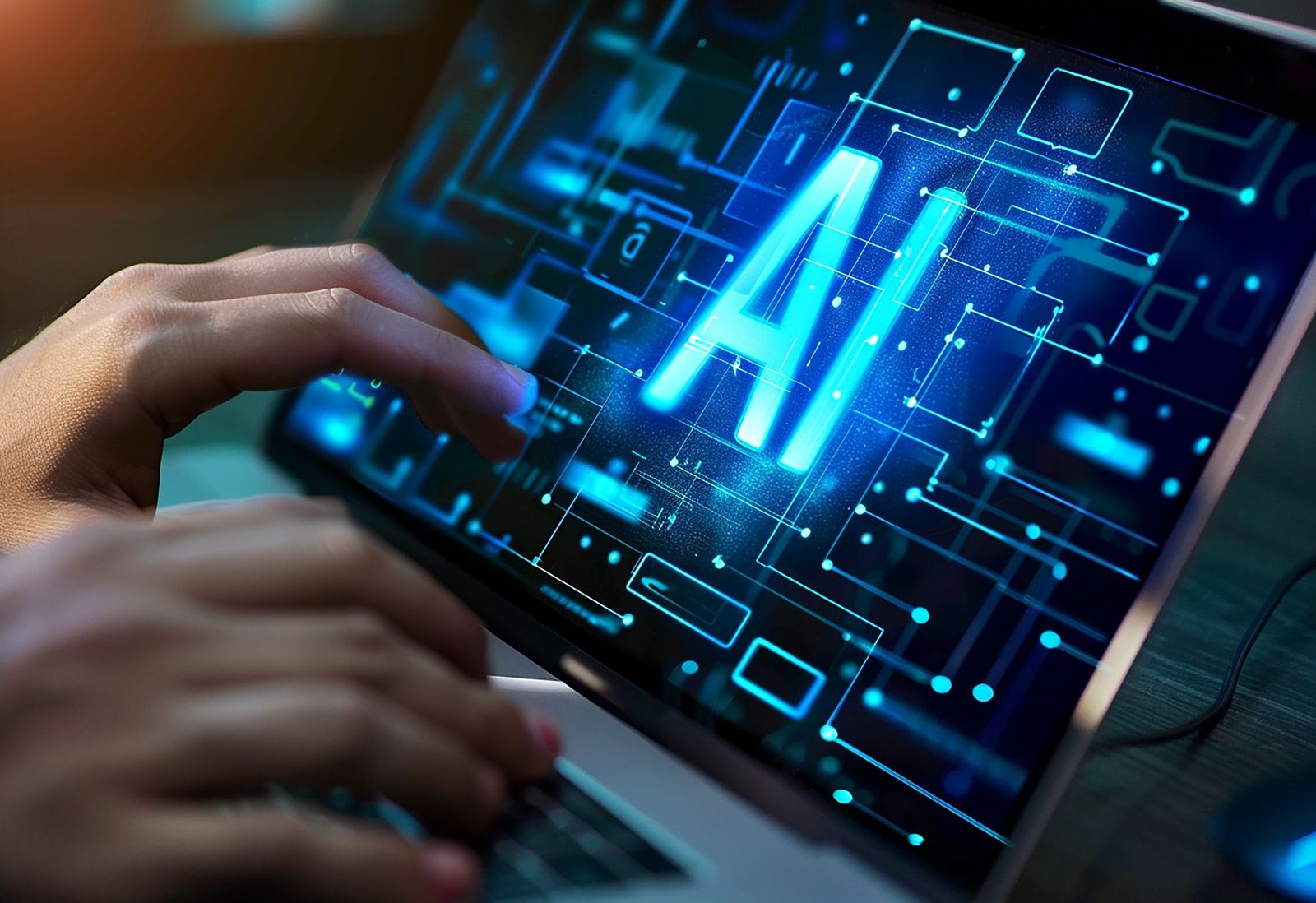The web isn’t just evolving—it’s undergoing a revolution. As we navigate 2025, developers face a landscape defined by smarter tools, faster experiences, and more powerful capabilities. Here are the 4 key trends reshaping web development this year:
1. AI Integration: Beyond Chatbots → Core Development & UX
Impact: Faster launches reduced repetitive work, and websites that "learn" from users.
2. Progressive Web Apps (PWAs): The Mobile-First Standard
- • Offline-First Reigns: Seamless experiences even with spotty connectivity (critical for global markets).
- • App-Like Performance: Push notifications, home screen installs, and hardware access blur web/native lines.
- • SEO & Discoverability: Google prioritizes PWAs in mobile search—hybrid approaches dominate.
Toolkit: Workbox, Next.js PWA support, enhanced Web App Manifests.
3. WebAssembly (Wasm): Unlocking Native Speeds
- •Performance-Intensive Apps: Photo/video editors, CAD tools, and AAA games run in-browser at near-native speed.
- • Language Freedom: Code written in Rust, C++, or Go compiles to Wasm, breaking JavaScript’s monopoly.
- • Edge Synergy: Studies and developer testimonials consistently show significant reductions in time spent on repetitive tasks, debugging, and writing initial code drafts
- Lowering Barriers: Wasm modules deploy instantly to edge networks (see trend #4).
Use Cases: Figma, AutoCAD Web, and scientific simulations.
4. Edge Computing: Speed as a Non-Negotiable
- • Zero-Latency Experiences: Processing user requests at the nearest edge server (not a distant cloud).
- • Real-Time Apps: Live collaboration tools, IoT dashboards, and AR/VR thrive with < 10ms latency.
- • Cost Efficiency: Reduces bandwidth costs by processing data locally
Platforms to Watch: Vercel Edge Functions, Cloudflare Workers, AWS Lambda@Edge
Convergence: Where Trends Collide
- • AI + Edge: Real-time personalization (e.g., adjusting UI based on local weather/crowd data).
- • Wasm + Edge: High-performance code running globally distributed (e.g., video transcoding).
- • PWA + Edge: Offline support + instant edge caching = unbreakable UX.
Challenges Ahead
- • AI Ethics: Bias mitigation and transparency in automated decisions.
- • Wasm Complexity: Steeper learning curve vs. JavaScript.
- • Edge Security: Decentralized processing requires robust protocols.
The Bottom Line for Developers in 2025:
The future web is faster, smarter, and more resilient—driven by developers who embrace the shift. Start experimenting now, or risk building for yesterday’s internet.
